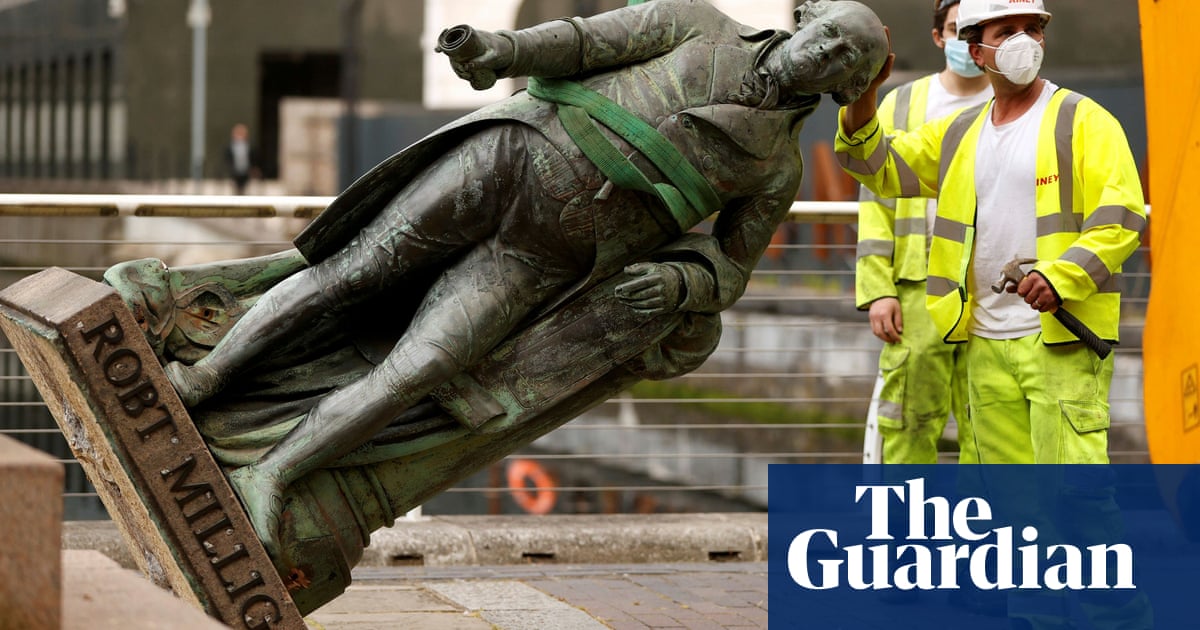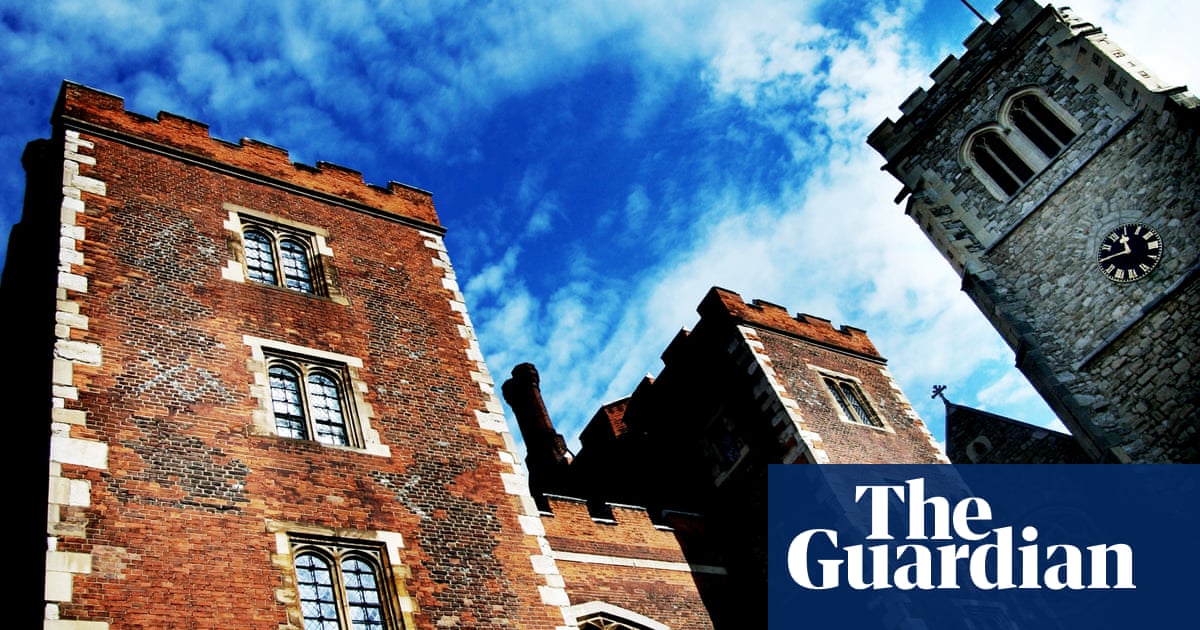
The history of Glenfinnan, one of the most famous sites linked to Bonnie Prince Charlie and the Jacobite revolt, is being rewritten after significant links to the Atlantic slave trade were uncovered.
Historians have found evidence the Glenfinnan memorial, erected close to where Charles Edward Stuart raised his standard at Loch Shiel in 1745, was built using wealth from slave plantations in Jamaica by a descendant of clansmen who took part in the Jacobite rebellion.
Bonnie Prince Charlie arrived at Glenfinnan on a French-owned ship used for slave transports, the Du Teillay. It had been donated to the Jacobite cause by a French-Irish privateer and plantation owner, Antoine Walsh, who had grown wealthy from the transatlantic slavery trade.
The National Trust for Scotland (NTS), the charity that owns Glenfinnan and many of Scotland’s best-known historic sites, is now rewriting its literature and displays at the memorial, including relabelling a scale model of the Du Teillay to give prominence to those slavery links.
A large portrait of Bonnie Prince Charlie at Glenfinnan visitor centre is being replaced in early 2021 by a new display detailing those links and new research that has uncovered significant ties between many Highland estate owners and slave plantations across the Americas.
In a strange collision of historic and contemporary cultures, Glenfinnan is also one of Scotland’s most popular tourist destinations because its nearby railway viaduct features heavily in Harry Potter films: it was the backdrop to Harry’s flying car and used by the Hogwarts school train.
“It’s not to downplay the fact that Glenfinnan monument will always be there to remember those brave Highlanders who died at Culloden, but we’d also like people to reflect on those brave people in Jamaica whose tragic story 4,500 miles away contributed to the monument as well,” said Emily Bryce, the NTS curator at Glenfinnan.
“There are two parts of the history and I don’t want to not tell one or downgrade another.”
Historians working for NTS, which owns around 139 historic properties, islands, nature reserves and gardens, estimate at least 36 of its buildings have ties to slavery. Some owners profited from the exploitation of enslaved people or from the UK government’s compensation scheme for slave-owners after abolition in 1833.
Dr Jennifer Melville, a historian leading the NTS review, said those include Culzean castle in Ayrshire, Pollok House in Glasgow, Brodie castle in Moray and its famous Georgian properties on Charlotte Square in Edinburgh, including Bute House, the official residence of Scotland’s first ministers.
Over the last year, the V&A Dundee relabelled many of its historic exhibits to reflect their ties to Empire and slavery; in Bristol, protestors toppled the statue of slave trader Edward Colston; while Oriel college in Oxford agreed to remove the statue of Cecil Rhodes, the Victorian-era colonialist after a five year long student campaign.
“We’re just trying to find out as much as we possibly can about all of our portfolio,” Melville said. “If you care for a heritage portfolio it is your duty to know about that portfolio and I think in the past we’ve looked at that history in a very linear patriarchal way.”
Melville said a disproportionate number of Scots emigrated to the Americas during the 1700s as colonisers. While highly educated, there were too few economic and professional opportunities at home. They moved into the slavery economy as plantation owners, overseers, doctors, lawyers or bookkeepers.
Some, including Catholic Highlanders and islanders with Jacobite ties, left to avoid or escape religious persecution by Protestant landowners. After Bonnie Prince Charlie’s defeat at Culloden in 1746, 254 captured Jacobites were deported to Jamaica and Barbados as indentured labourers.
The trust has drawn on new research for Community Land Scotland by Dr Iain Mackinnon, of Coventry university, and Dr Andrew Mackillop, of Glasgow university, who found at least 63 land purchases across the west Highlands and islands by the beneficiaries of slavery between 1726 and 1939.
The Glenfinnan memorial’s association was uncovered by Dr Karly Kehoe, a Canadian academic researching Scottish migration to Nova Scotia. The monument was built by Alexander Macdonald, the only son of Alexander “Golden Sandy” Macdonald, and 10th laird of Glenaladale.
Golden Sandy bought the estate from his cousin, John Macdonald, using the profits of his coffee plantation in Jamaica and the wealth of his first wife, a plantation owner who died after their marriage. In 1745, Alexander Macdonald’s grandfather and three uncles had welcomed Stuart when he stepped off the Du Teillay at Glenfinnan and fought with him during the Jacobite rebellion.
Melville said NTS guides and curators were heavily involved in a team of 40 volunteers reassessing the history of these properties and their owners.
“As society changes, we need to look at it in a more textured way. All of our properties are palimpsests really, and they have a layered history which is complex. And Scotland’s history is complex.”
• This article was corrected on 7 January 2021. Bonnie Prince Charlie raised his standard at Loch Shiel, but he did not come ashore there as stated in an earlier version.












